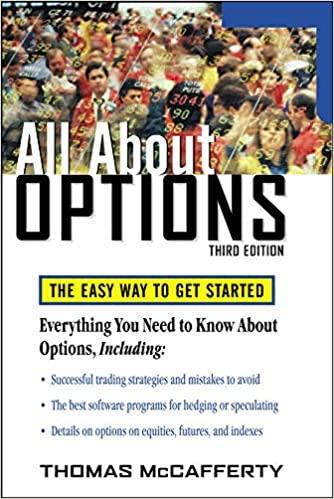Answered step by step
Verified Expert Solution
Question
1 Approved Answer
Can you analyze MacDonalds and YUM and answer the following questions? I. Investments in Marketable Securities. To analyze nonoperating investments in marketable debt and equity
Can you analyze MacDonalds and YUM and answer the following questions? I. Investments in Marketable Securities. To analyze nonoperating investments in marketable debt and equity securities, consider the following questions that will help us understand both companies' level of excess cash and how they invest it: What is the magnitude of the investments in common-size terms? Has this changed over time? What propor- tion is short-term versus long-term? What types of investments does the company hold-debt, equity, private-company equity? What explanation do the companies provide for their level of investments? Does the MD&A section of the Form IO-K discuss plans for expansion or other strategic initiatives that would require cash? 2. Investments with Significant Influence. Our goal is to assess how the companies structure their operations to better understand their strategies. What types of investments does the company have: associates, joint ventures, or other? Why does the company engage in equity-method investments; what is their intent? Read the MD&A section of the Form I0-K and the financial statement footnotes. What are the main equity-method investments? (IFRS: Does the company have any proportionate consolida- tion?) How large are these in common-size terms? Have there been changes during the year in terms of new investments or disposals? The MD&A and foot- notes will be instructive. Are the equity method investments profitable? Do they provide cash dividends? 3. Investments with Control (Consolidations). Most multinational corporations are consolidated entities that structure their operations to meet many goals, including legal requirements, tax planning, and foreign owner- ship restrictions. Financial statements will not report information to completely comprehend all these intricacies; the goal here is to understand the companies' structure at a very high level. What types of companies does the company control? What are the main subsidiaries? What strategic advantages do these subsidiaries afford? Foreign? Domestic? Supplier or distributors? Read the MD&A section of the Form 10-K and the financial statement footnotes to learn about strategic invest- ment and plans for the future. Have there been new investments during the year? How were these acquisitions financed (debt, equity)? Did these yield intangible assets including goodwill? What proportion of the acquisition price was allocated to intangibles? Were there disposals during the year? Why were these made? Did the transaction cause a gain or loss? Gauge the significance of previously acquired intangibles in common-size terms. Have any been impaired during the year? If the company reports subsidiary-level profit, which are the most profitable? The least
Step by Step Solution
There are 3 Steps involved in it
Step: 1

Get Instant Access to Expert-Tailored Solutions
See step-by-step solutions with expert insights and AI powered tools for academic success
Step: 2

Step: 3

Ace Your Homework with AI
Get the answers you need in no time with our AI-driven, step-by-step assistance
Get Started


